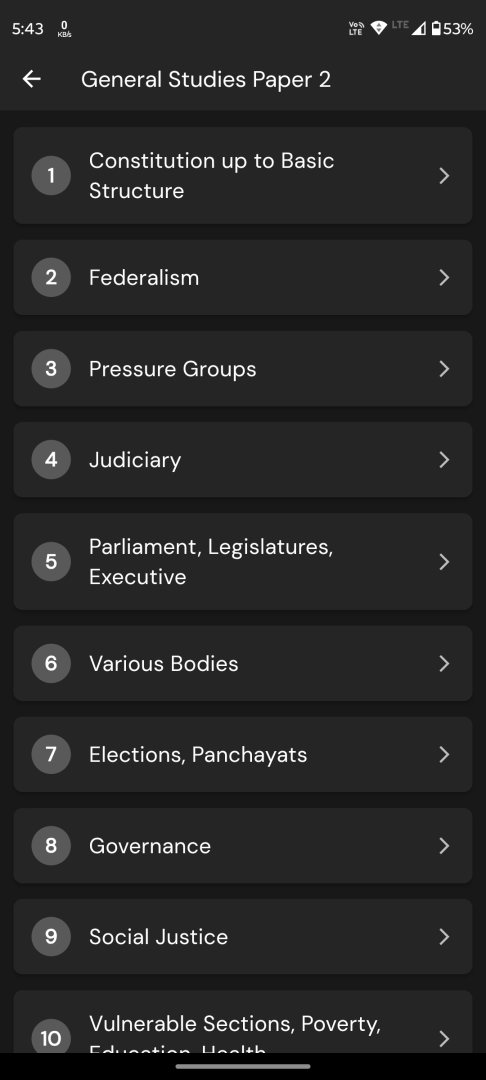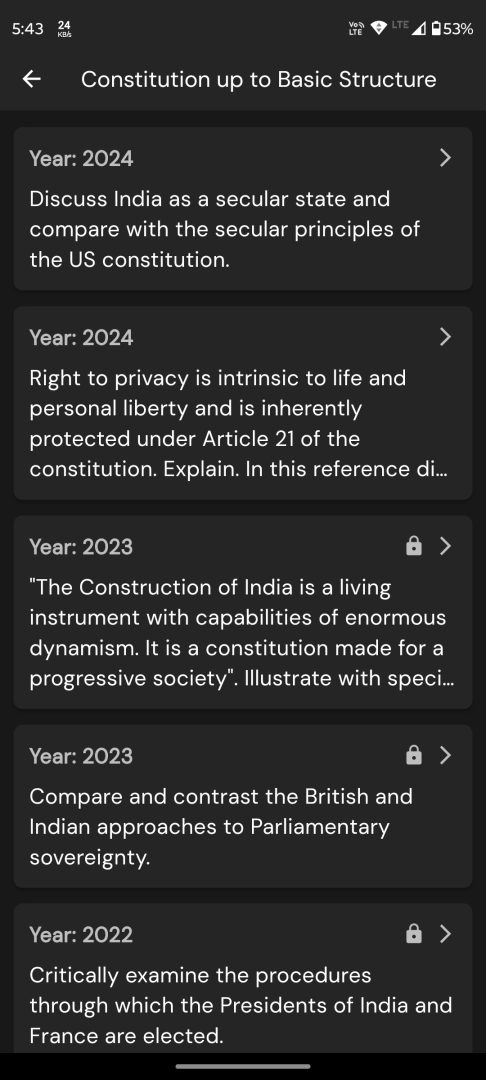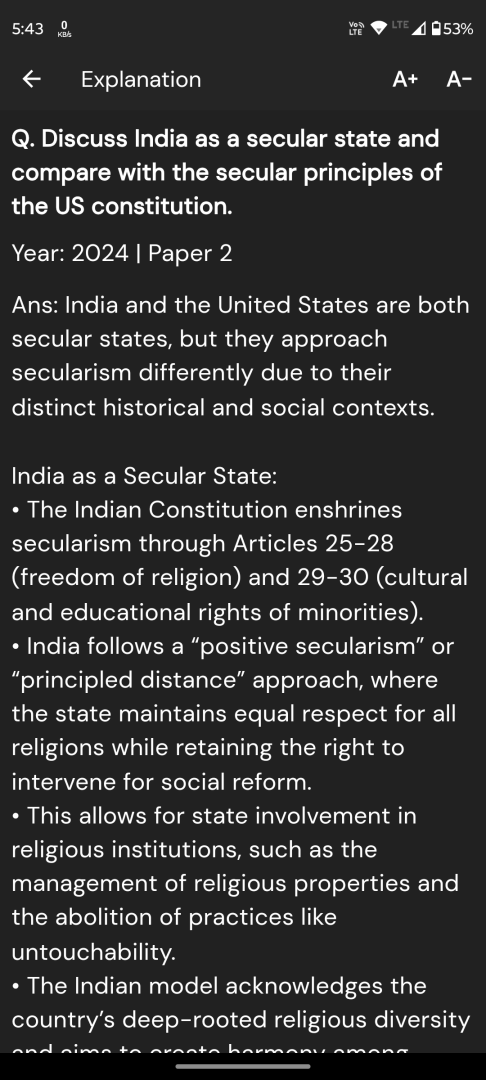Q. Distinguish between the Human Development Index (HDI) and the Inequality-adjusted Human Development Index (IHDI) with special reference to India. Why is the IHDI considered a better indicator of inclusive growth?
UPSC Mains 2025 GS3 Paper
Model Answer:
Distinguishing HDI and IHDI with Reference to India
The Human Development Index (HDI) measures a country’s average achievements in three dimensions: health (life expectancy), education (schooling years), and living standards (GNI per capita). It provides a composite score between 0-1 for international comparison. India’s HDI stands at 0.644, ranking 134th globally in 2022.
The Inequality-adjusted Human Development Index (IHDI) adjusts HDI by accounting for inequalities in distribution of these achievements across the population. While HDI represents potential development assuming perfect equality, IHDI reflects actual human development experienced by citizens.
India’s Reality:
• HDI (2022): 0.644 (medium development category)
• IHDI (2022): 0.444 – representing 31.1% loss due to inequality
• Major disparities: Urban-rural divide, caste differences, gender gaps
• Regional variations: Kerala vs Bihar, Northeast vs BIMARU states
Why IHDI is Superior for Inclusive Growth:
• Reveals hidden disparities: HDI’s national averages mask internal inequalities; IHDI exposes the reality of marginalized sections (tribal areas, urban slums)
• Quantifies inequality cost: The 31.1% loss clearly shows development not reaching all citizens equally
• Enables targeted interventions: Identifies specific dimensions needing attention – education inequality highest in India
• Aligns with SDGs: Directly measures “leaving no one behind” principle, especially SDG-10
Conclusion: IHDI provides honest assessment of inclusive development, crucial for India’s equitable growth trajectory.




